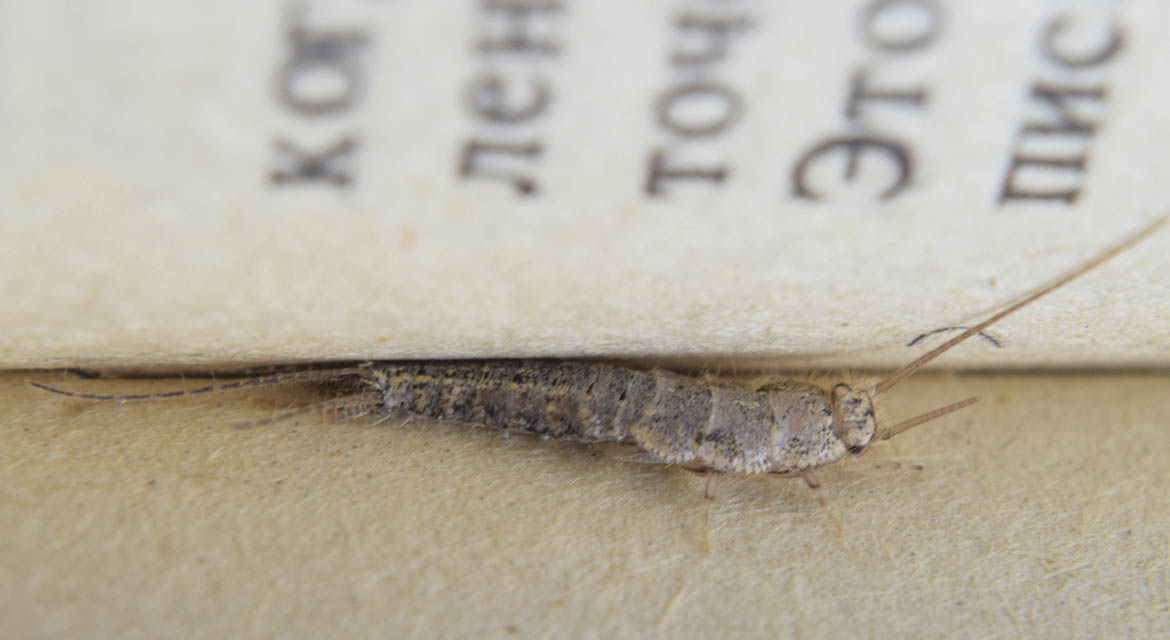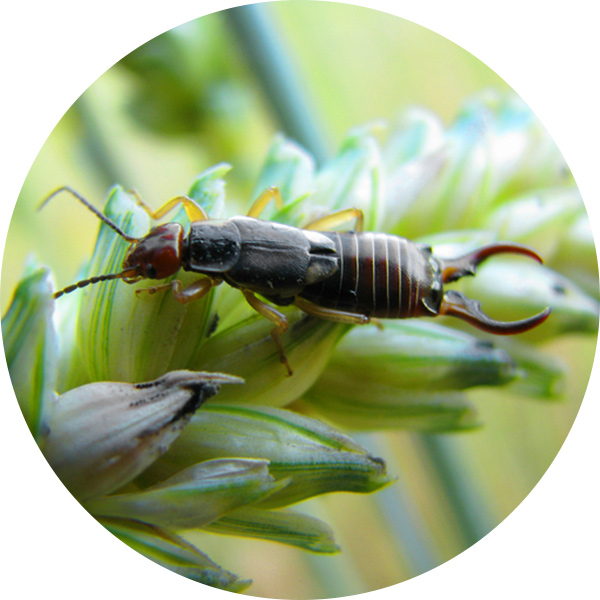
Silverfish Facts & Information
The concerns of a silverfish infestation at home include damage to books, papers, clothing, and other household items made of starch or cellulose materials, as well as the potential for infestation spread and difficulty in completely eradicating them.
Risks of Silverfish
Damage to Property
Silverfish are known for their destructive feeding habits. They feed on a variety of materials commonly found in homes, including paper products, books, wallpaper, clothing, and even some types of food. Their feeding activity can result in significant damage to important documents, books, wallpaper, clothing items, and other valuable possessions. Silverfish infestations can lead to costly repairs or replacements of damaged items.
Contamination of Food
Silverfish can contaminate food items in pantries and kitchens. They are attracted to starchy foods such as cereals, grains, flour, and pasta. When silverfish come into contact with food, they can leave behind feces, shed skin, and body parts, causing contamination and making the food unsuitable for consumption. Consuming contaminated food can pose health risks and potentially lead to foodborne illnesses.
Allergies and Asthma Triggers
Silverfish can contribute to indoor air quality issues and trigger allergies or asthma symptoms in susceptible individuals. Their shed skin and waste products contain proteins that can become airborne and cause respiratory irritation or allergic reactions. People with allergies, asthma, or other respiratory conditions may experience worsened symptoms when exposed to these allergens.
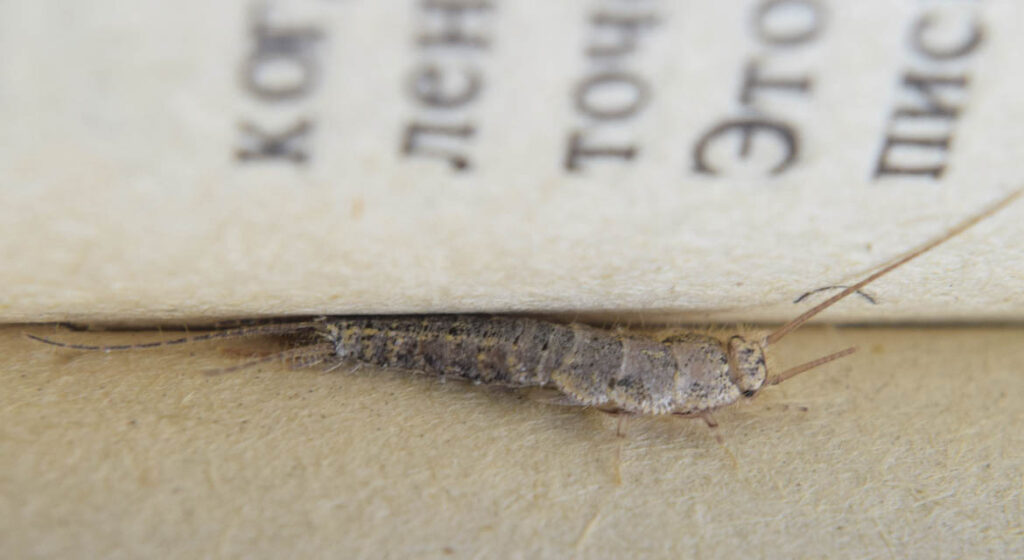
Truly Nolen GUARANTEE
If you’re not completely satisfied, you’ll get a full refund on your most recent service with our 100% money back guarantee.
Common Species of Silverfish
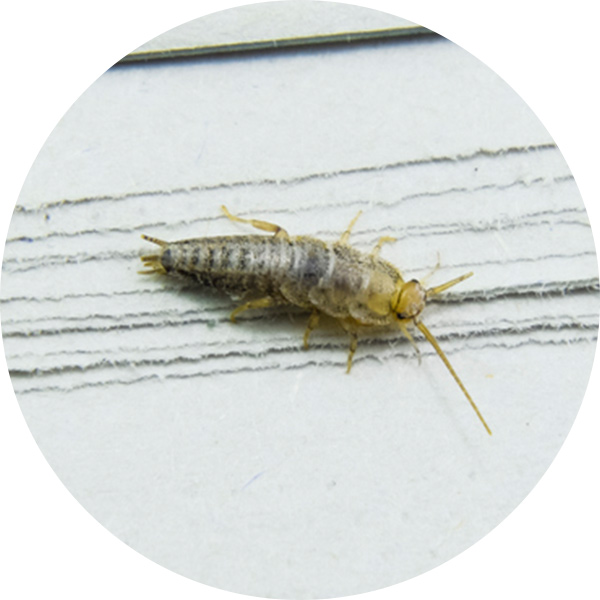
Common Silverfish
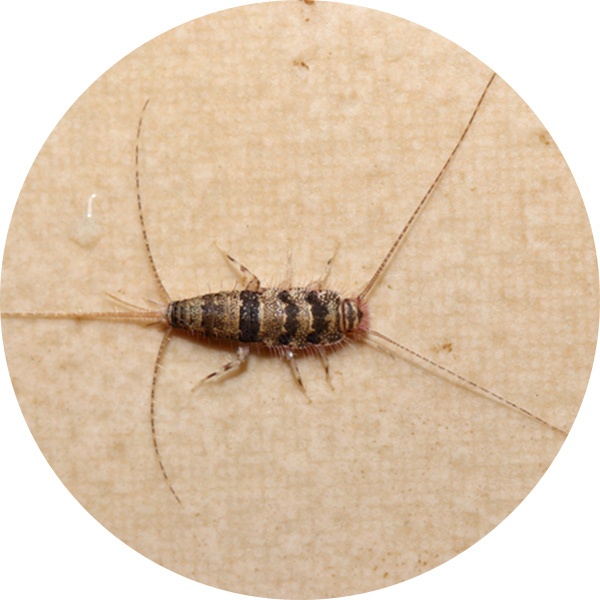
Firebrat
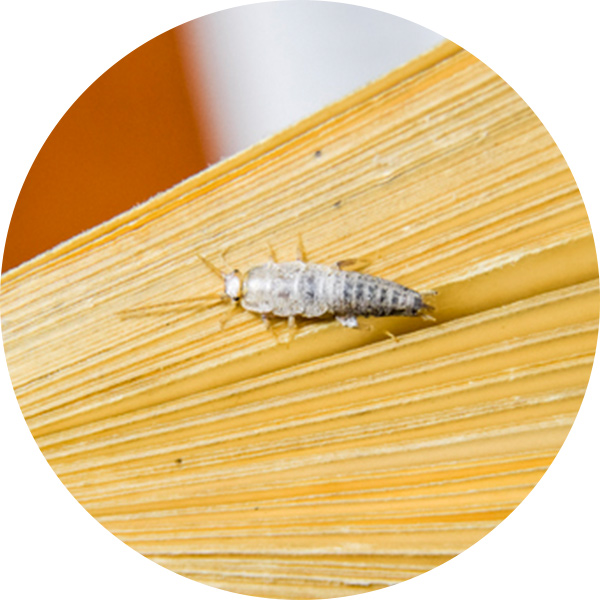
Gray Silverfish
How To Identify Silverfish
Silverfish can be identified by their silver-gray color, elongated bodies, and three long tail-like appendages. To identify a silverfish infestation at home, look for their presence in dark and damp areas such as basements, bathrooms, or kitchens, and check for signs of damage to paper materials, chewed holes in fabrics, and small, irregular-shaped scales or excrement left behind by silverfish.
Silverfish Appearance
Silverfish are small, wingless insects with a distinctive appearance. They have a flattened elongated body covered in silvery scales, giving them a metallic or silver-like appearance. They typically measure about 13-25 mm in length and have three long tail-like appendages at the rear. Silverfish have two long antennae on their head and move quickly with a fish-like wriggling motion.
Silverfish Habitat
Silverfish prefer dark and damp environments, such as basements, attics, bathrooms, and kitchens. They are commonly found in homes, particularly in areas with high humidity levels. Silverfish are sensitive to changes in moisture and temperature, thriving in areas with relative humidity between 75% and 95%. They are known to hide in cracks, crevices, and behind wallpaper or baseboards, seeking shelter and moisture.
Silverfish Diet
Silverfish are nocturnal omnivores, feeding on a wide range of organic matter. They are particularly attracted to starchy and sugary substances, such as paper, cardboard, glue, books, clothing, wallpaper paste, cereals, and crumbs. They may also feed on dead insects or their scales. Silverfish are able to survive for long periods without food, but they require a source of moisture to thrive.
Silverfish Behavior
Silverfish are nocturnal insects that prefer to remain hidden during the day. They are agile runners and can move quickly when disturbed, darting into cracks or other hiding places. Silverfish are adept climbers and can scale smooth surfaces using their specialized scales. They are also known for their ability to survive in adverse conditions, with some species being able to live without food for several months.
Silverfish Reproduction
Silverfish reproduce through a process called gradual metamorphosis. Females lay small, white oval-shaped eggs in small crevices or hidden areas. After a few weeks, the eggs hatch into nymphs that resemble miniature versions of adults. The nymphs go through a series of molts as they grow, shedding their exoskeletons until they reach adulthood. The time it takes for a silverfish to mature can vary, ranging from a few months to several years, depending on environmental factors such as temperature and food availability.
Silverfish Prevention
Preventing silverfish infestations involves reducing their access to food, moisture, and suitable habitats. This can be achieved by addressing any plumbing leaks, improving ventilation in damp areas, and using dehumidifiers to lower humidity levels. It is important to store food items in tightly sealed containers and keep basements, attics, and other susceptible areas free of clutter. If an infestation occurs, targeted insecticide treatments may be necessary, and professional pest control services can provide effective control measures to eliminate silverfish from the premises.

$50 Off Year Round Pest Control
Truly Nolen is a family-owned company with 85 years of experience providing the best pest control. If you’re not completely satisfied, you’ll get a full refund on your most recent service with our 100% money back guarantee.
The Truly Nolen Approach
Environmentally Conscious
We work to minimize our impact on the environment by using naturally occurring materials whenever possible.
Pet Friendly
Truly Nolen uses an Integrated Pest Management (IPM) approach designed with your pets in mind.
100% Money Back Guarantee
If you’re not completely satisfied, you’ll receive a full refund on your most recent service.
How Truly Nolen Gets Rid of Silverfish
In the case of a silverfish infestation, it is recommended to take steps such as reducing humidity levels in the affected areas, eliminating food sources like stored papers and books, sealing cracks and entry points, and using insecticidal sprays or traps designed for silverfish. If the infestation persists, consulting with a professional pest control service specializing in silverfish control may be advisable.
Frequently Asked Questions
Why are silverfish attracted to my home?
Silverfish are attracted to homes because they seek out dark and damp environments with a source of food. They are commonly found in areas with high humidity levels and are drawn to starchy materials, such as paper, books, cardboard, and fabrics.
Do silverfish pose any health risks to humans?
Silverfish do not pose significant health risks to humans. They do not bite or transmit diseases. However, their presence can be a nuisance and they may cause damage to belongings, particularly items made of paper or fabric. Learn More!
How can I prevent silverfish from entering my home?
To prevent silverfish from entering your home, reduce moisture levels by using dehumidifiers or improving ventilation in damp areas. Seal cracks and crevices in walls, floors, and foundations to minimize their entry points. Additionally, store books, papers, and fabrics in sealed containers or plastic bags to limit silverfish access to their food sources.
Can silverfish infestations be eliminated completely?
With proper preventive measures and targeted treatments, it is possible to significantly reduce silverfish populations and prevent future infestations. However, completely eradicating silverfish from an environment can be challenging, as they are resilient and can hide in hard-to-reach areas. Regular monitoring, maintaining cleanliness, and taking appropriate control measures can help manage silverfish infestations effectively.
What are effective treatment options for silverfish infestations?
Effective treatment options for silverfish infestations include using insecticidal sprays or dusts designed for silverfish control, placing sticky traps in infested areas, and applying desiccant powders that dehydrate and kill the pests. In addition, addressing moisture issues, removing their food sources, and maintaining good hygiene practices can complement the treatment efforts. For severe or persistent infestations, consulting with a professional pest control service may be beneficial.

